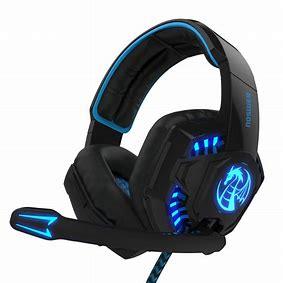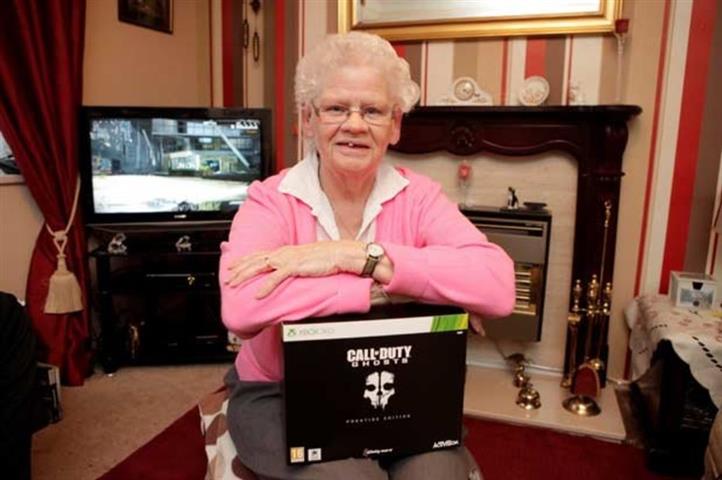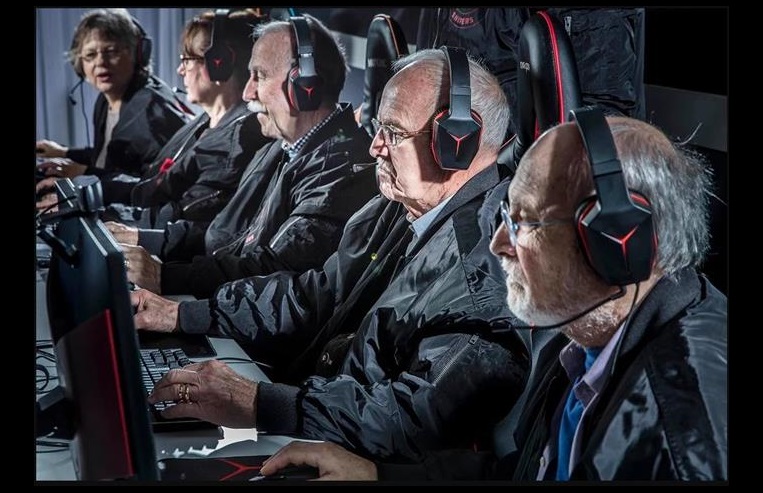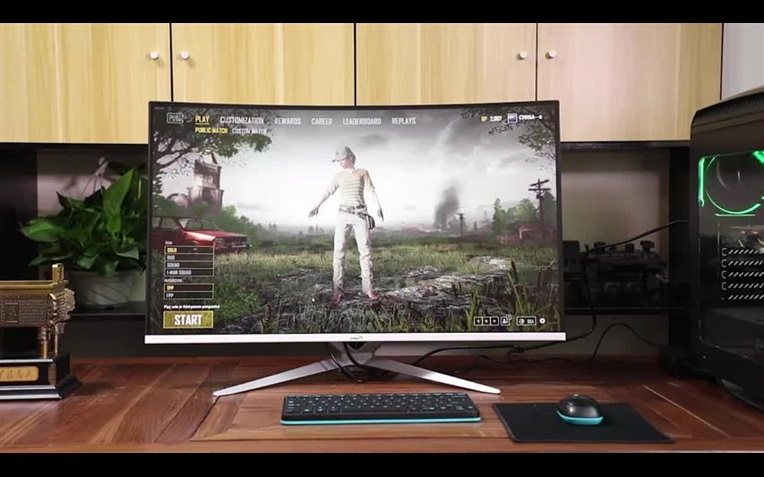
Ask a random, non gamer on the street about what they think is a representative PC Gamer and they will typically describe a young man in his late teens early 20’s, living in his mother’s basement, watching online porn, playing video games and being pasty white from not being out in the sun.
In all fairness this stereo type has begun to evolve away over the years as PC Gaming has become more mainstream, but in some ways the tech and gaming market is still geared toward that view of what makes a gamer. Look at the various “gamer” products and you will see what I mean, many products have cartoony styling and focus on a glitzy look over great functionality. It is like they are meant to appeal to a younger audience's perspective of cool.
However there is another segment of the PC Gaming world and it is growing. With an age range from mid-40’s through as much as 75 or so, PC Gaming has a growing market. Still not the biggest for sure but one that seems to get ignored.
Let us begin with the fact that while many of the first generation of PC Gamers have moved on to other passions or hobbies there is a solid core of us still around. Also consider that the second generation is coming up fast in a few years and are not young kids anymore. This is also a little talked about fact. Gaming is a great hobby for senior citizens and there is a growth rate there as well. I have gamed in groups over the years with first time gamers that were in their 60’s, 70’s and a few in their 80’s. Not gamers that have been around for decades, but rather many had just gotten their first home PC.
Older gamers from an industry perspective bring with them a whole new set of needs and desires. The games themselves will shift from the twitchy style play of so many games on the market to the more sedate and laidback play style. There is also a difference in hardware demand, specifically in the realm of graphics and which is the topic I want to focus on.
Let me ease into this so you understand how I have reached the conclusions I will be giving. About 10 years ago I started to notice that I was having trouble seeing some aspects of my screen. This was due to a combination of age and diabetes affecting my eyesight. In my gaming vanity, I would not relinquish my 27” 1440 or 32” 2560x1440 monitors for their high pixel density, I thought to do so would somewhat diminish my gamer street creds 😊 Over time I changed to special glasses when using my computer or just sitting closer to the monitor, something many of us have done.
About 2 years ago I was approached by a friend, also my age. He is a hard-core PC Gamer and loves tweaking tech and overclocking. He came to me and asked if I knew of any good 27” or 32” 1080P monitors. I thought he was teasing but in the multi hour conversation that ensued I discovered he was serious. After fighting the same eye fatigue that I experienced, he had decided enough was enough and he was moving to a larger, lower pixel density monitor.
At first, I fought this notion but then I tried it myself. I gave up my 27” 1440P and tried a 27” 1080P. I was amazed at how much clearer the screen was for me to see. All the supposed pixel density arguments were not holding water and I was finding that my game play was hurt by this. In fact, I was having a hard time telling any difference at all. About a month later, my wife needed a new monitor and she bought a 32” 1080P she found at Walmart for $150. (Yeah, I know, bad husband for letting her get PC tech at Walmart.) She gamed on it every day for 6 months and loved it. The screen was super easy to see and while I know some will argue this, her games looked great.
So now I was even more curious, there had to be more to this. So, over the next year plus, I spoke to people I know that are older gamers. I was surprised to find that not one or two but MOST of these senior gamers I spoke with preferred a larger 1080P monitor for game play over the higher pixel density smaller monitors.
As I spent time speaking to this group of gamers, I found out something else. This move was also providing a cost benefit. Many of these gamers had some solid gaming rigs when they made the move back to 1080P. They had cards that gave them solid performance at 1440P or 4K. This meant that they were now going to be able to wait quite a bit longer before having the need for a GPU upgrade. They were able to run their games with higher settings and have smoother gaming performance, the games were easier to see, it enhanced the overall gaming experience and was saving them money.
I have to admit that after researching, testing and talking about this phenomenon with others I made the move myself. Gone is my 27” 1440P or 34” 3440x1440 monitor. In its place for all my systems is now a 32” 1440P monitor. (could not give up all my gaming vanity). I find my eyes are not as tired after a long-playing session and everything is much easier for me to see in game and out.
The good news is that the tech industry has provided this segment some great options. Great VA panels with 144hz refresh for 27” and 32” 1080P or 32” 1440 can be found at reasonable price points. The latest generation of cards has made high refresh and lower cost 1080P available to more gamers than ever before at a lower price point.
I am not writing this to say everyone needs to do this. The great thing about PC Gaming is that it is open, so there is something for everyone. However, if you are an older gamer that has begun to feel aging with your sight, there is a simple solution that allows for you to still have an amazing gaming experience. Do not let your gaming vanity get the better of you and know that while the world seems to think all gamers are kids, there are a lot of us “non kids” out there and gaming with you. Do not let the “kids” in gaming, peer pressure you into the hardware choices you make. Do what gives you the best gaming experience for you. After all at the end of the day that is the only metric that matters.
The articles content, opinions, beliefs and viewpoints expressed in SAPPHIRE NATION are the authors’ own and do not necessarily represent official policy or position of SAPPHIRE Technology.





















